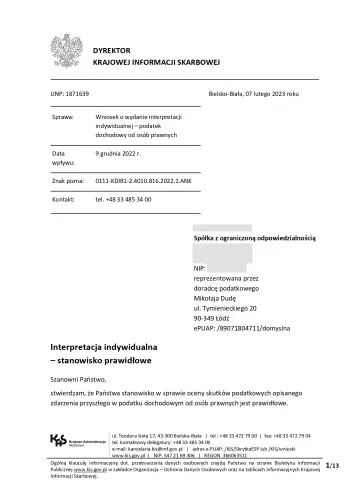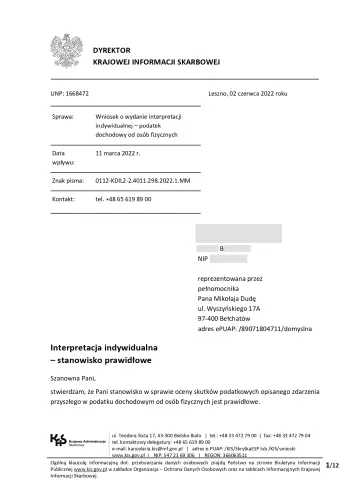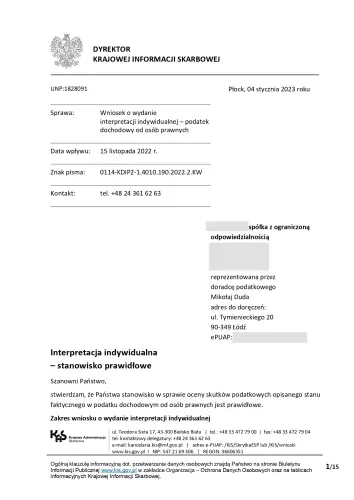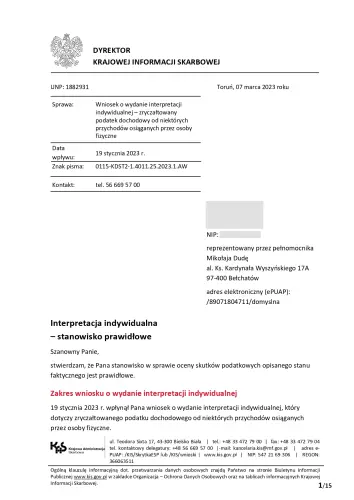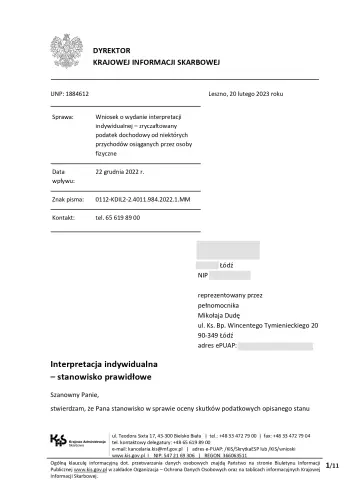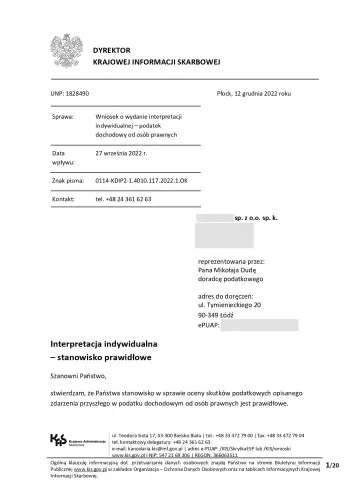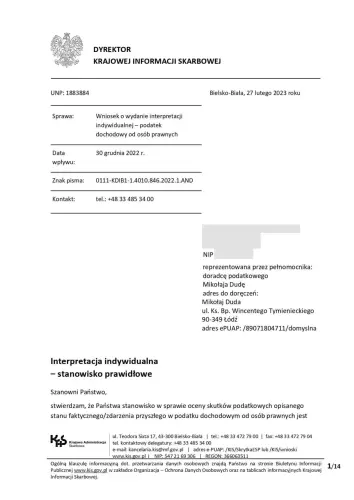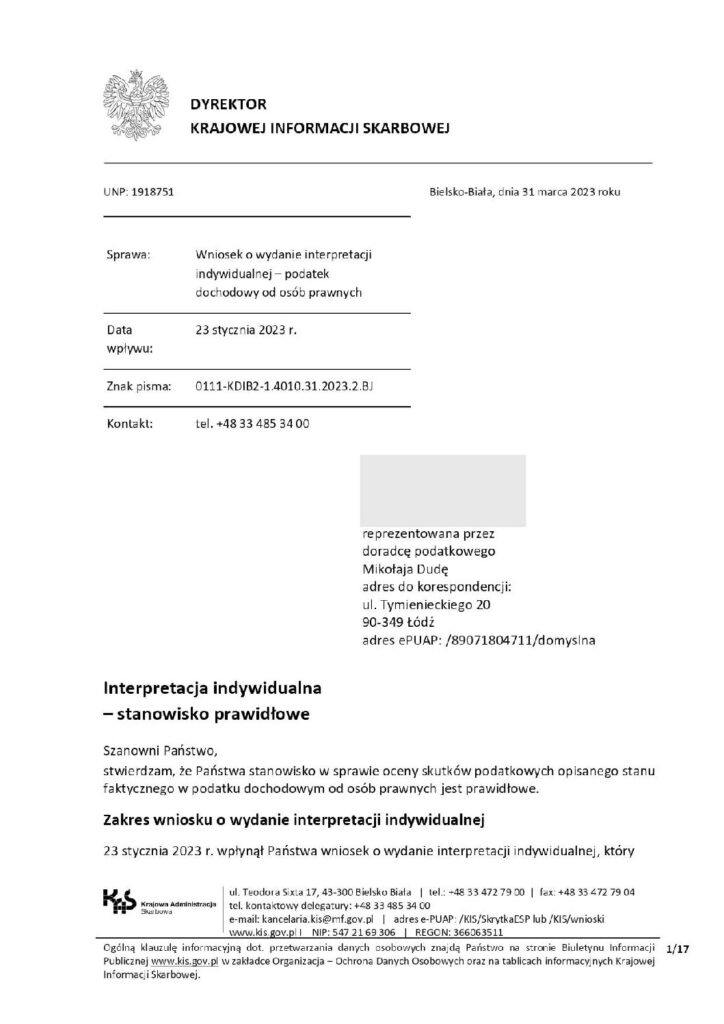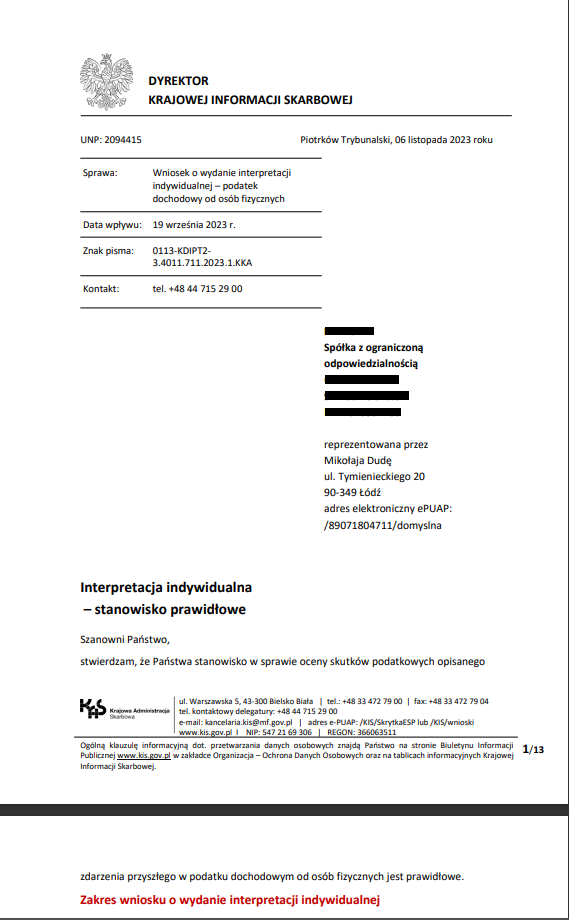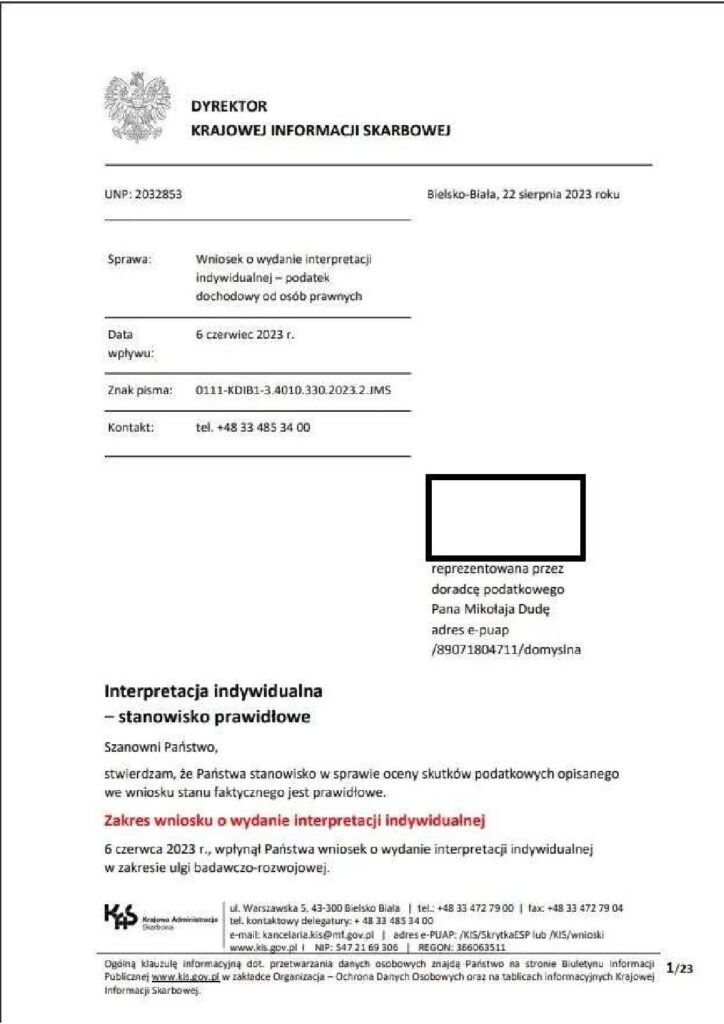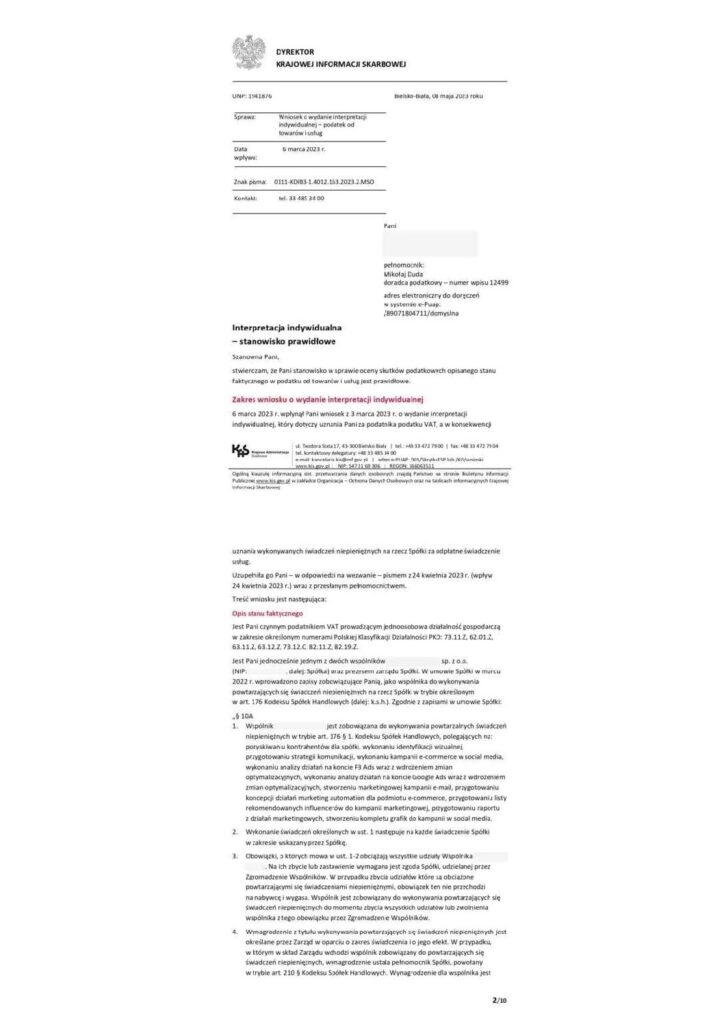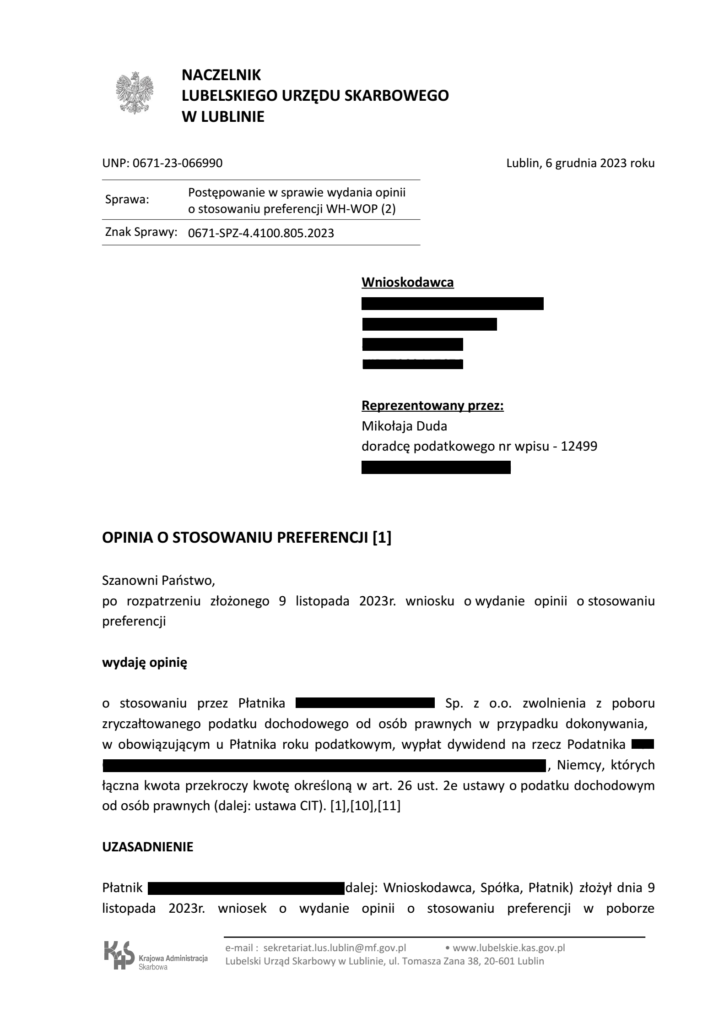Lump sum tax on corporate income (“Estonian CIT”) is a new alternative form of taxation for limited liability companies, joint stock companies, limited partnerships and limited joint-stock partnerships. By choosing this form, the tax payment is postponed until the profit is actually distributed to shareholders. In other words, the company does not pay income tax on profits left in the company, used, for example, for investments or loan repayment.
The Estonian CIT is an ideal form of taxation for companies needing large amounts of money to invest in fixed assets, goods, or increase employment, as well as for companies generating a large amount of income that is not intended to be paid out in full.
The flat rate on corporate income in its current form has not received many supporters, and as a result, the Ministry of Finance has decided to introduce significant simplifications, including reductions in the Estonian CIT tax rate. According to the rules, which have been in effect since 2022, the obligation to make any capital expenditures has been abolished. In addition, the choice of Estonian CIT in companies that are already operating is greatly facilitated by the possibility of not paying tax on the mandatory pre-Estonian CIT transition from tax result to accounting result (tax is waived if the company remains in the system for 4 years).
The benefits of the Estonian CIT in the new edition are clear:
- No tax on income that has not been paid to shareholders,
- No solidarity tribute,
- No health and Social Security contributions for partners (not applicable to limited partnerships),
- Lower taxation of dividends.
The effective level of taxation of a company remaining under the general rules is much higher than in the Estonian CIT. For example, under ordinary circumstances, taxation is 34.39% (26.29% for small taxpayers) – the company pays 19% CIT on its income, and an additional 19% PIT is paid at the shareholder level when dividends are paid (9% and 19% for small taxpayers, respectively).
Under the Estonian option, the company will first pay a lump sum of 10% of profit for small taxpayers (20% for other taxpayers), but the PIT payable on dividends can be reduced by 90% of the lump sum due for small taxpayers or 70% of the lump sum due for other taxpayers – resulting in a much lower level of total company taxation.
Estonian CIT is available to taxpayers who meet the following conditions, among others:
- as a limited liability company, joint-stock company, limited partnership or limited joint-stock partnership, their partners or shareholders are exclusively natural persons, and the company itself does not hold shares in other entities;
- at least 50% of their revenue come from operating activities (other than from receivables, interest, sureties and guarantees, copyrights, disposal and execution of financial instruments, etc.);
- they employ at least 3 FTEs who are not shareholders of the company.
The decision to change to Estonian CIT should not be delayed – taxpayers are allowed to do so until the end of the first month of the tax year, so that if the tax year coincides with the calendar year – until the end of January.
Taxpayers can also opt for Estonian CIT during the tax year – which involves accounting for classical CIT, closing the books and preparing financial statements.
